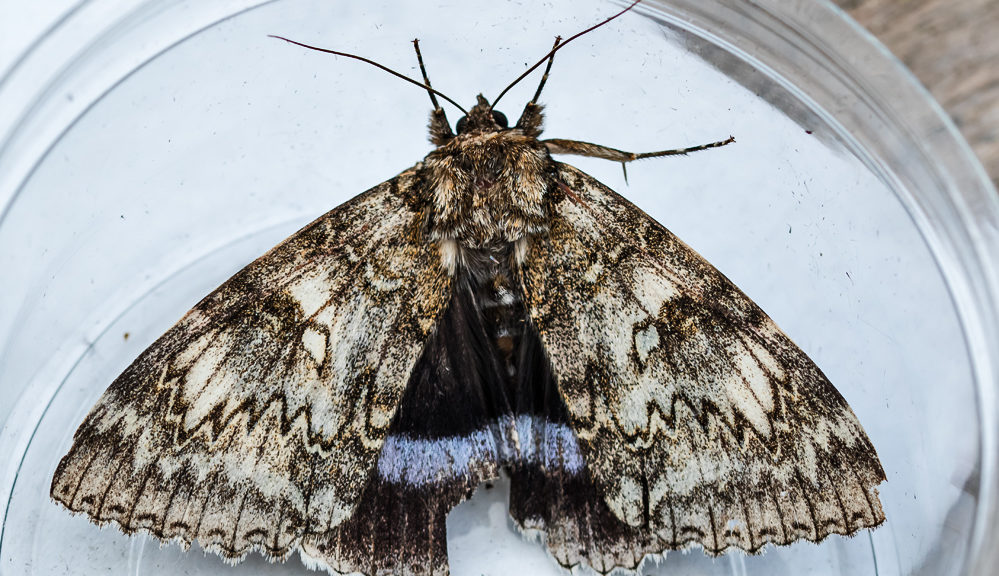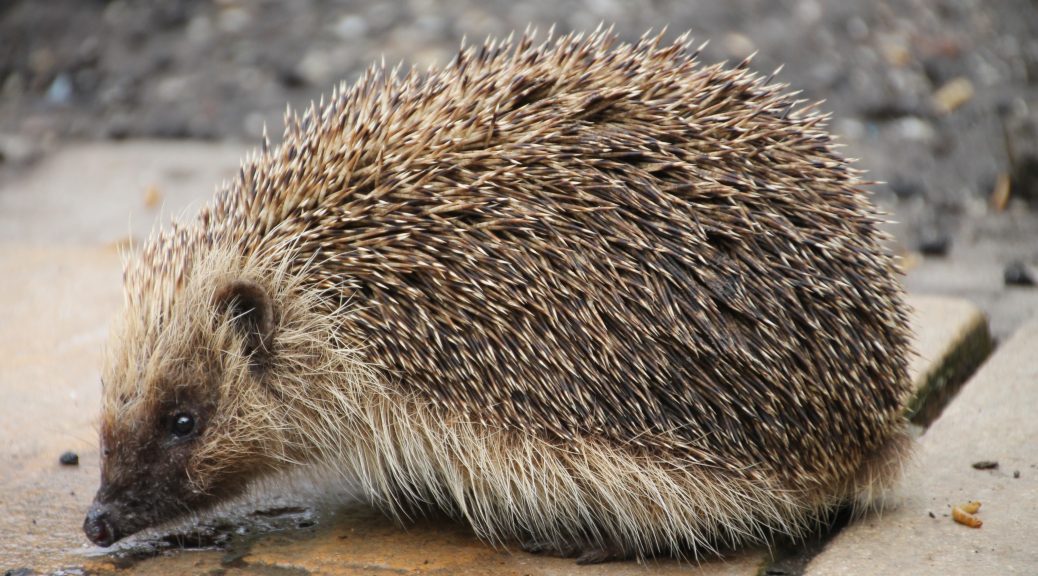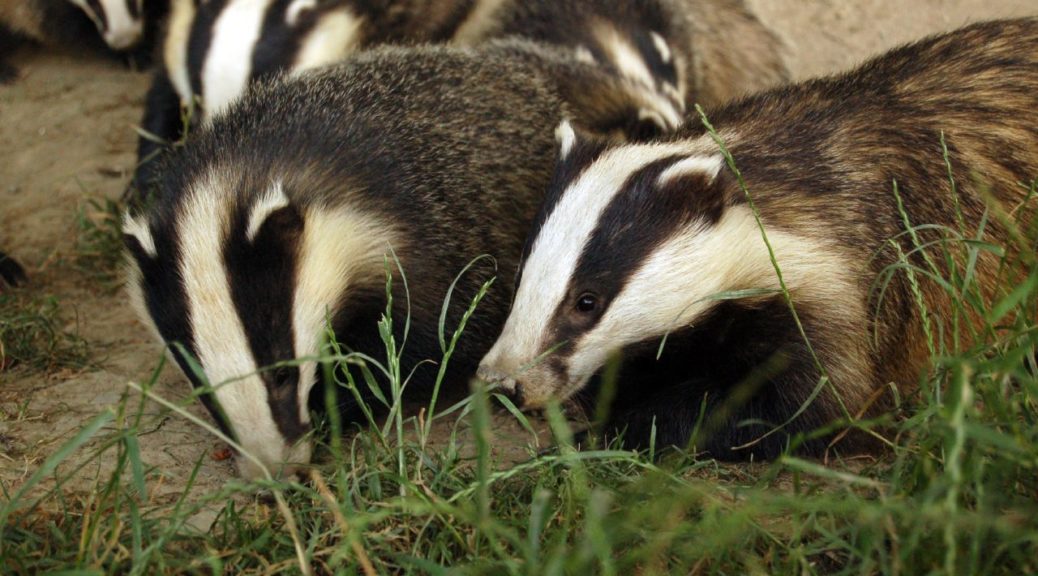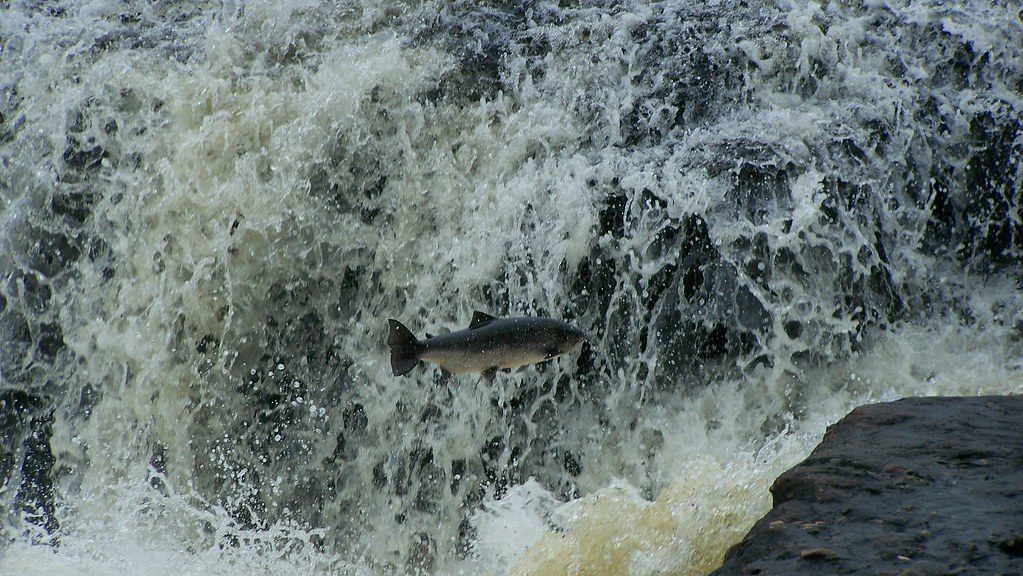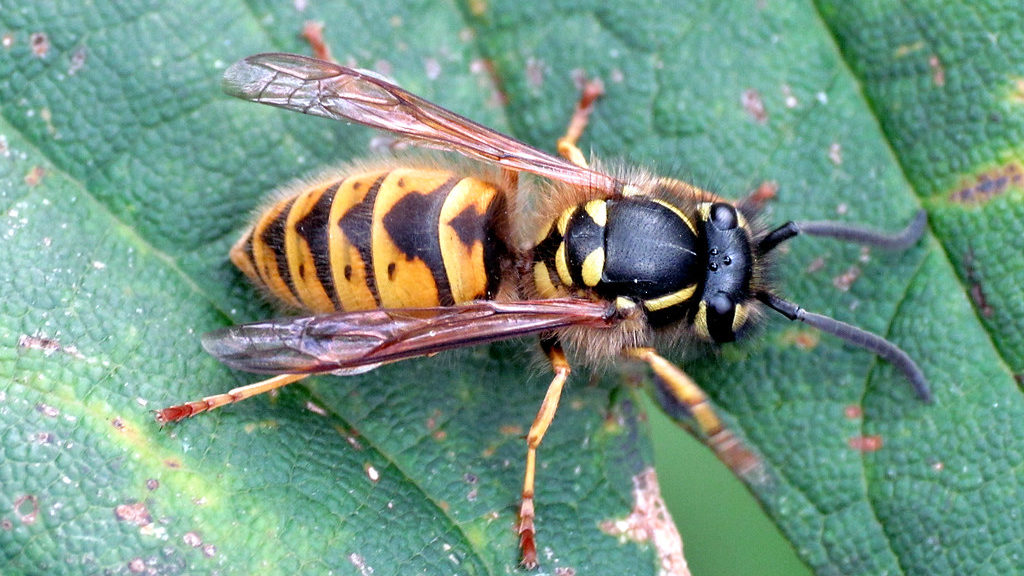The Independent reports a striking blue moth that was thought to have gone extinct in Britain 50 years ago has now recolonised and is breeding, conservationists have revealed. The Clifden nonpareil – whose name means “beyond compare” – is one of the largest and most spectacular moths native to the UK.
It has a wingspan that can reach almost 12cm and a bright blue stripe across its black hindwings, which gives rise to an alternative name of the blue underwing. These moths have always been rare in the UK.
Clifden nonpareil photo by Tony Morris under creative commons.

